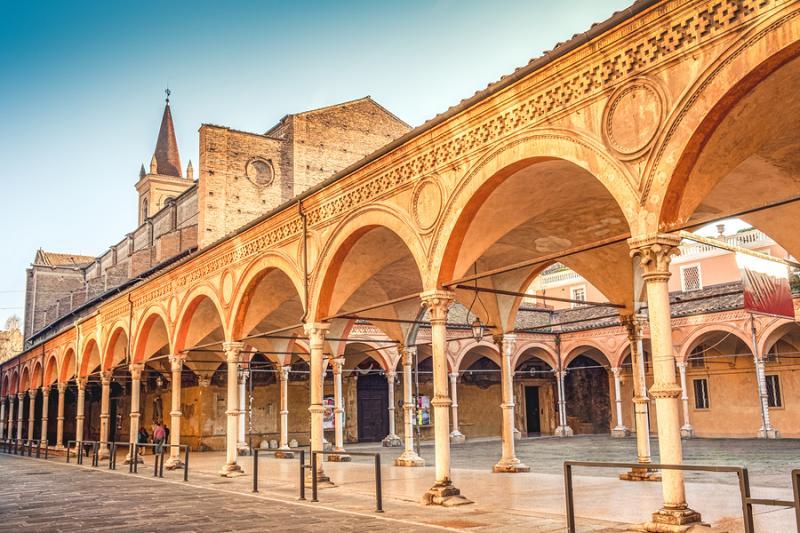Italy is the country with the largest number of Unesco World Heritage sites in the world, and, every year, more areas or monuments vie for the prestigious recognition. Let’s look at what Italian sites have been nominated for Unesco World Heritage status in 2021.
Bologna’s famous porticoes, a landmark of the city, like the Two Towers and the local cuisine, are one of Italy’s candidates. Bologna has 62 km of porticoes, of which 42 in the historic city center, No other city in the world has so many. 12 of the most symbolic stretches have been selected to represent the city’s porticoes. They are, as written in the application, “an identifying element of the city of Bologna, both for the community and for visitors, and a point of reference for a sustainable urban lifestyle.
Another candidate is the area known as ‘Collio,’ a hilly expanse of vineyards where excellent white wines are made in the north-eastern region of Friuli Venezia Giulia, on the border with Slovenia. The wines go alongside a strong-flavored cuisine with Austrian and Slovenian influences that make this area a fun destination for foodies. The Collio is also rich with ancient villages to explore perhaps on a road trip, as we suggested here.
The mysterious, fascinating nuraghi have also been nominated to Unesco 2021. They are ancient megalithic buildings on the island of Sardinia, built during the Nuragic Age, between 1900 and 730 B.C. Today, they are a symbol of the island (along with its beautiful beaches), not yet fully appreciated, even though there are 8,000 of them, and could become an important tourist attraction to perhaps balance overcrowding of the beaches.
Monte Grappa has been nominated for becoming a Unesco Biosphere Reserve. The area, part of the Veneto region, develops around the Monte Grappa massif, between the Piave and Brenta rivers, and has both an environmental and a historic value, rich as it is in flora and fauna, and as a combat and refuge spot during the first and second World Wars. It covers an area of approximately 66,000 hectares, within the provinces of Belluno, Treviso and Vicenza.
The Maiella National Park of Abruzzo has been nominated for inclusion into Unesco’s global network of Geoparks. Established in 1991, the park is home to wolves, the Abruzzo chamois, the Marsican bear, the golden eagle, and a large population of roe and red deer. It covers an area of 74,095 hectares within the provinces of L'Aquila, Chieti and Pescara.
The Aspromonte National Park, located in Calabria, a wonderful repository of flora and fauna, but also of ancient cultural traditions, has also been nominated to become part of Unesco’s network of Geoparks. The park's territory is mostly covered in forests and populated by important animal species like the wolf, the peregrine falcon, the eagle owl, and the goshawk.




